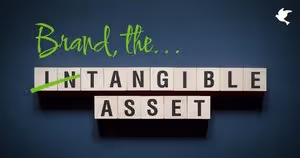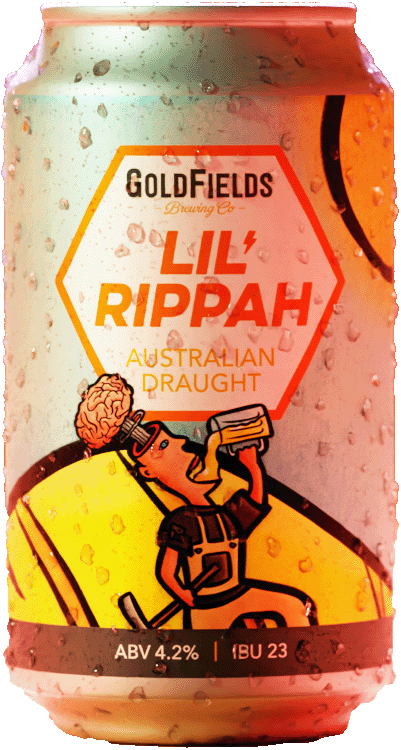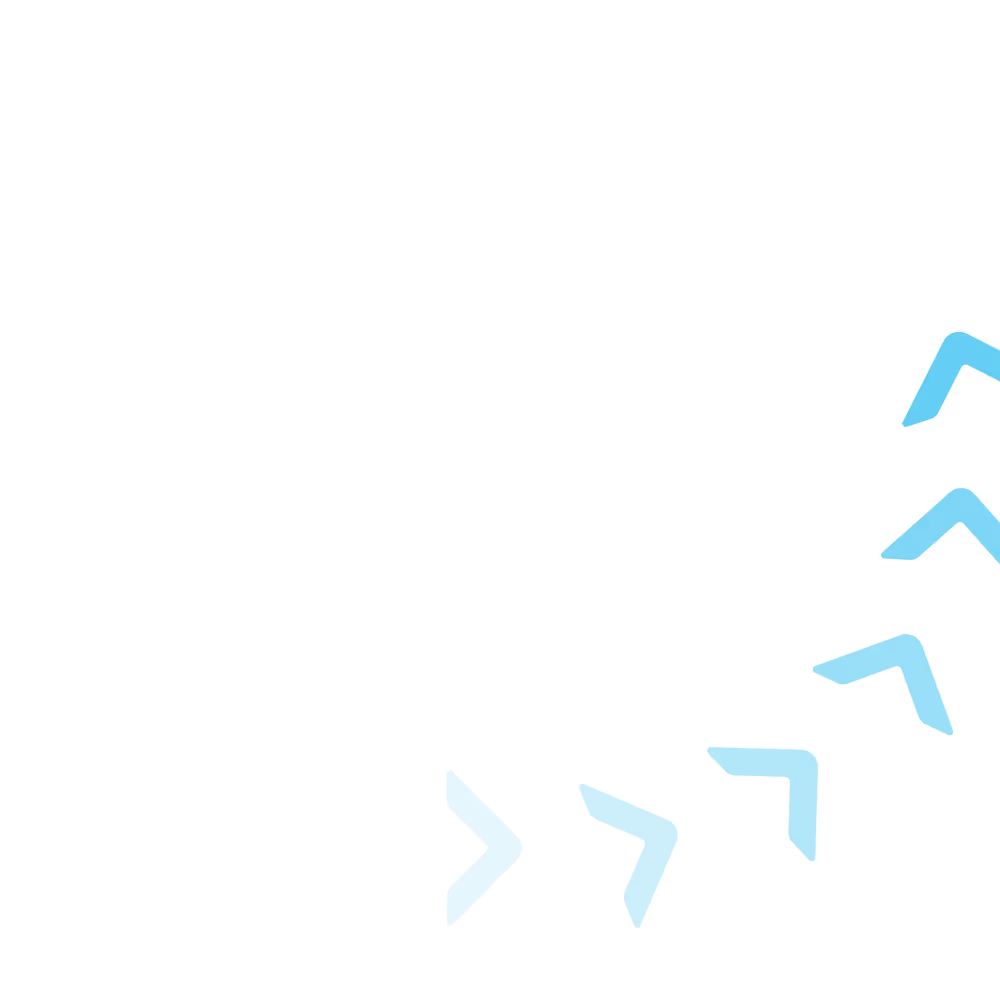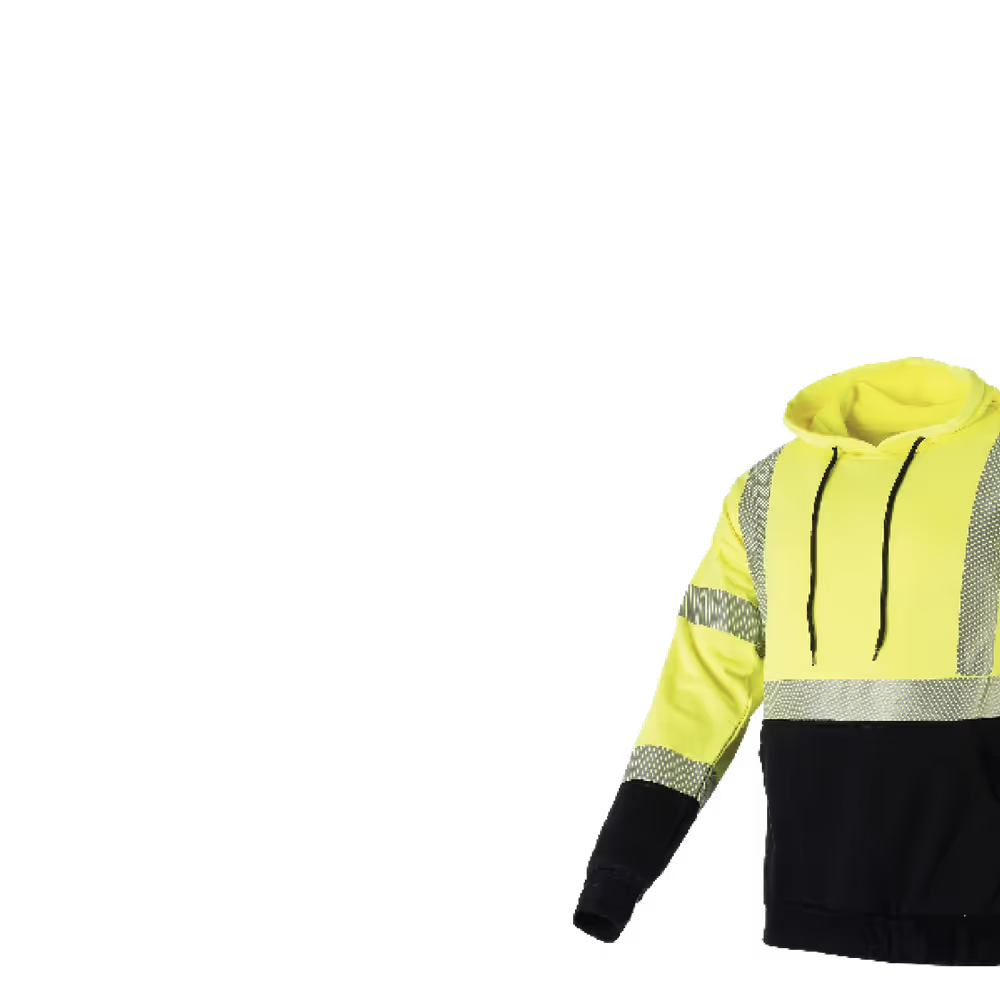As we move up the 7 Steps to Brand Engagement Pyramid, we foster more loyalty and more advocacy amongst our customers and employees. This is not a passive stage - keeping them engaged and loyal requires constant input, insight and activity.
In this article we look at Step 6 - Insistence, and how to keep our market loving our brand.
For an overview of our process click here .
STEP SIX : INSISTENCE
We could consider Insistence to be Loyalty on steroids. Achieving loyalty to your brand is an accomplishment that has real bottom-line implications. In Step 6 of our 7 Steps to Brand Engagement methodology, we look to ensure that our customers and employees are not only loyal, but that they absolutely insist on our brand over others. They simply won’t use a substitute. In the customer’s voice: “This is the only brand I will consider buying”.
Have you ever driven out of your way to find a Macca’s even though there was a Hungry Jacks round the corner? Or gone to another supermarket because they’d run out of your brand of laundry liquid? Or phoned 16 shops to see if they have an iPhone in stock, and then signed yourself up on a waitlist, when you could pick up a Huawei or a Samsung right now? That’s insistence.
From an employee perspective Insistence will see your employees actively upholding the brand and its values, even taking others to task when they see behaviour that is not aligned. They will also fob off any attempts to lure them by other companies. In the employee’s voice “This is the only company I will consider working for”.
It has long been said that loyalty and insistence are more likely to be achievable within highly emotive categories such as cars and fashion, categories where the choice of brand says something about the user. As marketers our job is to create those emotive links (as we’ve laid out in Steps 1 to 5) and there are few categories where this is not possible.
One of the most famous case studies in brand Insistence and Loyalty comes from 1985, but remains relevant today. An example of what NOT to do...
CASE STUDY: Coke Cola
In the 1980’s a war was raging. It was a barrage of battles for ‘share of throat” and it was being conducted very publicly between two iconic soft drink brands - the market leader Coke Cola and the challenger brand Pepsi. Coined the “Cola Wars” they culminated in the single biggest PR disaster in Coke’s 100 year history - all because they truly didn’t understand their loyal customers.
Coke had long been the market leader. Since the 70’s Pepsi had been challenging Coke by positioning it as “The Choice of a New Generation”.
In the 1980’s, lead by experienced marketer John Scully (who went on to Apple and was responsible for firing Steve Jobs… another story), they started a campaign that played out all over the USA and other markets - the “Pepsi Challenge”. Filming reality-style in workplaces, sports events, beaches etc they conducted thousands of blind taste tests where people chose the taste of Pepsi over Coke. The result - consumers were choosing Pepsi over Coke in stores where there was a choice, and Coke’s market share was declining. They even lost the massive Burger King account (Hungry Jack’s here in Australia) and Pepsi still supplies them to this day.
You would think this would have taken the market by storm. Instead it became a storm of a different kind. Coke had completely ignored the most important facet of all - their customers’ emotional connection to the Coke brand.
The backlash was immediate and strong. Protestors took to the streets, groups such as the “Society for the Preservation of the Real Thing” were formed, anti-New Coke t-shirts were made, and by May over thousands of customers a day were calling Coke’s head office to complain - to the extent that they had to take on extra staff. Insistent consumers stockpiled Coke the minute the taste change was announced, for fear of being without it.
Consumers were astounded that the company would mess with a beloved brand that had been around for 100 years. In July Coke announced the re-introduction of Classic Coke in an attempt to win back their market.
In 1992 “New Coke” was renamed Coke II and by 2002 it was discontinued. Coke eventually regained market leadership and remains there to this day.
So what can we learn from this Case Study, in terms of our loyal and insistent customers?
- Insistence is a precarious place to be and not to be taken for granted - any misstep could fling you back 1 to 3 levels on the Pyramid and regaining ground is expensive and time-consuming.
- Listen and track : it is absolutely critical to get insight from your loyal customers and employees, and to ensure that you understand their drivers and needs. Understand what they’re really feeling about your brand at an emotive level, and importantly WHY they feel that. Formal and regular research is a solid investment.
- Adapt: if the needs are changing, make sure you cater to them.
- Communicate with your consumers and employees - all the time.
In our last article of the series
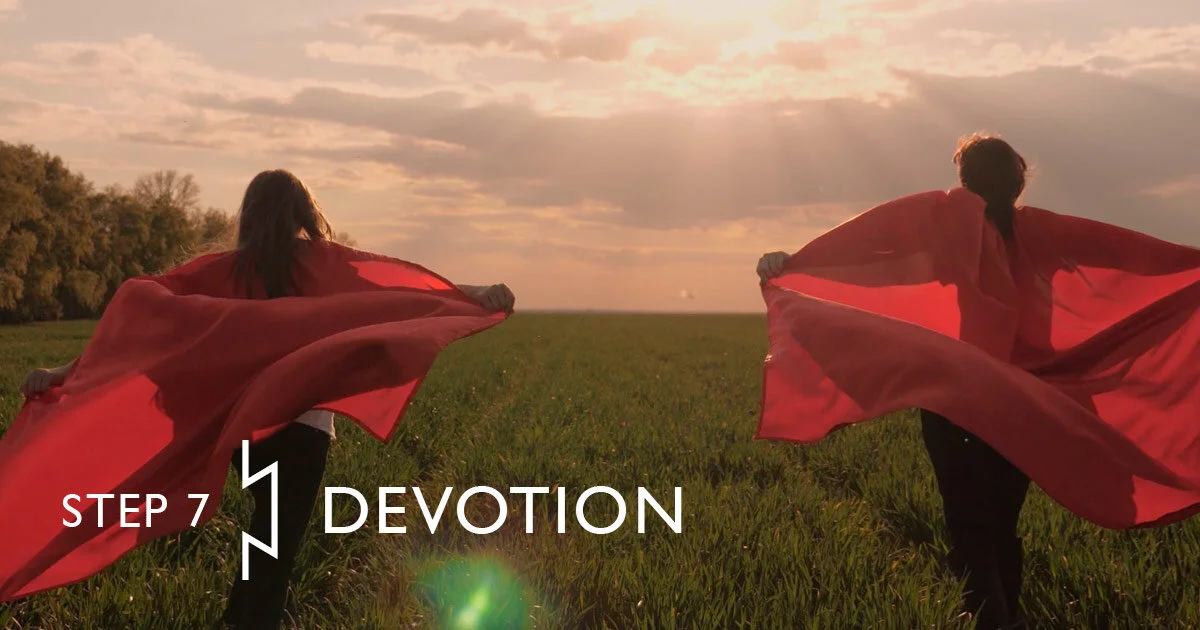
We unpack Step 7 in our 7 Steps to Brand Engagement Pyramid - Devotion - when your customers and employees are so loyal that they recruit others on your behalf.
Dovetail Brand Engagement are the first company in Australia (and maybe the world) created to specifically align your most powerful assets; your employees and your brand. HR consultant and Marketing working together towards a single vision will create a greater value and brand equity for your business. Dovetail, can help you reap the benefits of targeting multiple markets with the right strategy for the right target market. More>








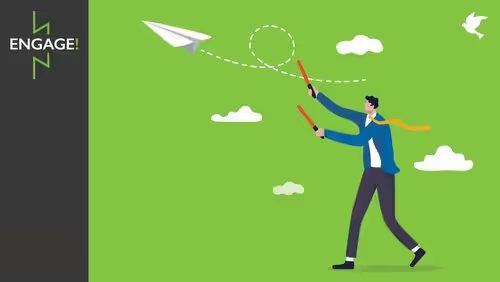

.avif)





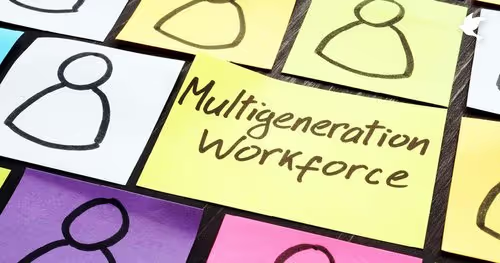

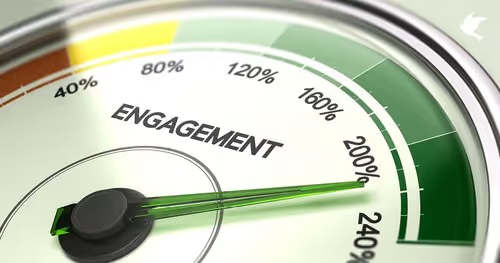


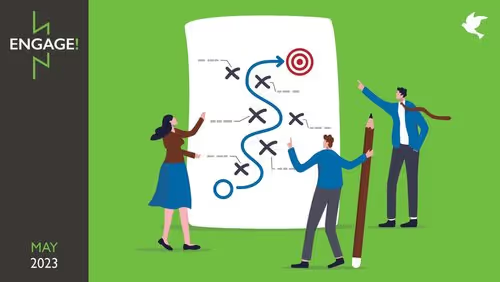





.avif)



